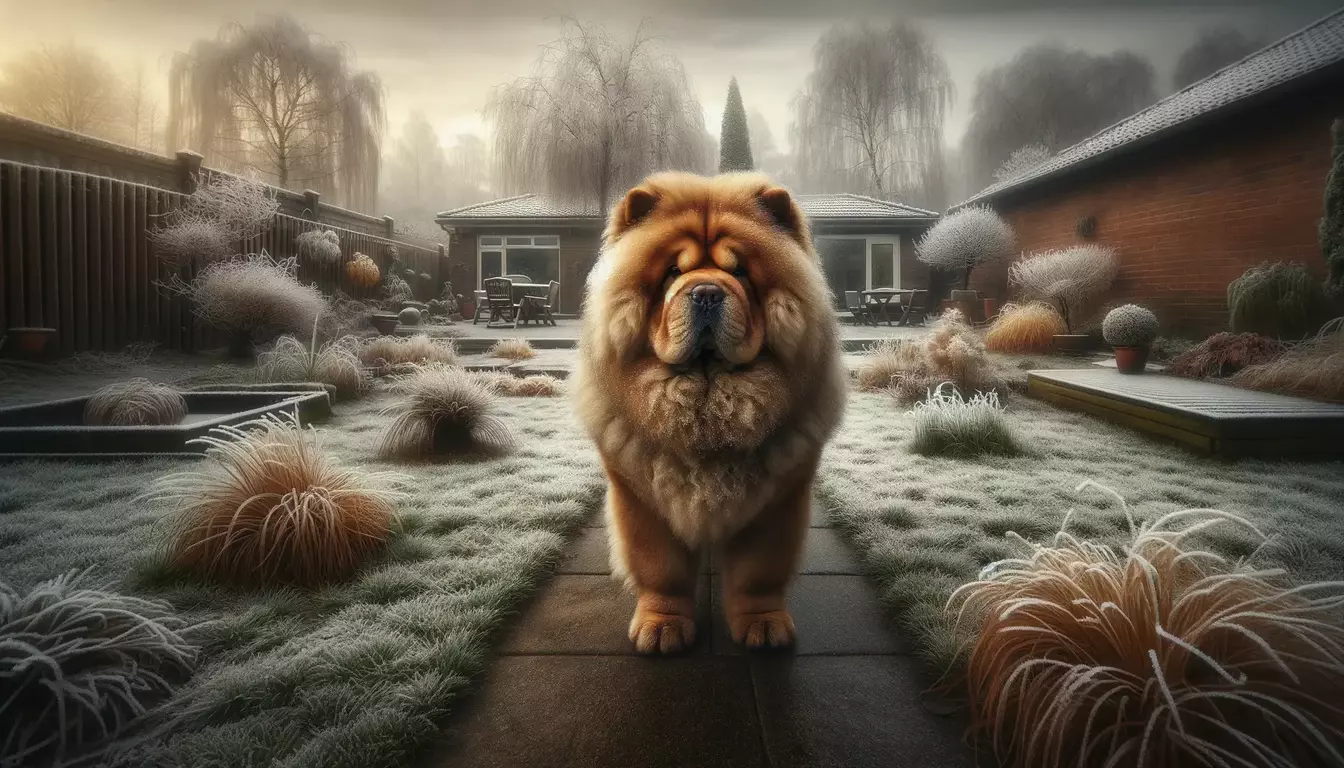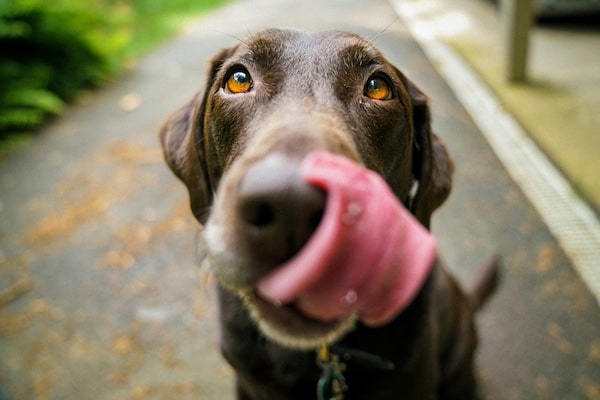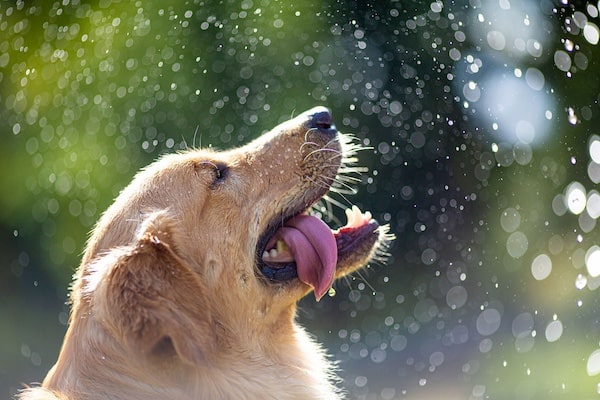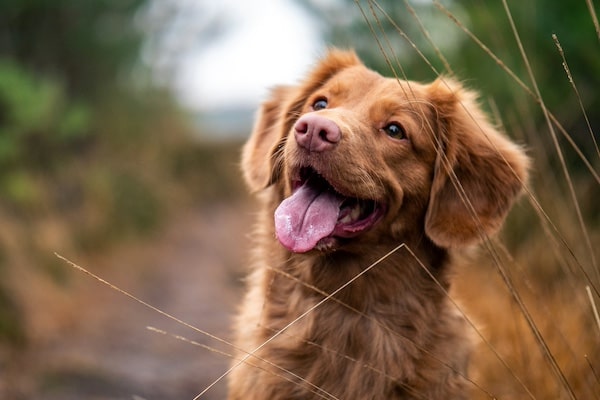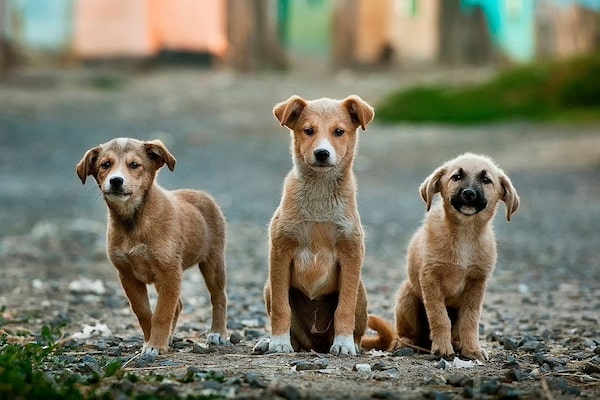This guide explores the distinctive traits and characteristics of the Chow Chow, offering essential insights and practical advice for prospective owners. Known for their lion-like mane and aloof demeanor, these dogs command attention and respect.
The following sections detail everything from the Chow Chow’s unique grooming needs to their temperament and training requirements. Readers will learn how to foster a nurturing environment that caters to this breed’s specific needs, ensuring a harmonious relationship. By understanding these aspects, potential owners can better prepare for the rewarding challenge of welcoming a Chow Chow into their lives.
Chow Chow – Size & Life Expectancy
Height
17-20 inches
Weight
45-70 pounds
Life Expectancy
8-12 years
About the Chow Chow
The Chow Chow, with its regal and somewhat aloof demeanor, carries a history as intriguing as its appearance. Originating from northern China, this breed is one of the world’s oldest dog breeds, with records dating back over two thousand years. Initially bred as a versatile hunter and protector, the Chow Chow was an indispensable companion in the cold, mountainous regions of Mongolia and Siberia. Over centuries, their roles expanded from sledge dogs to guardians of temples, which contributed to their dignified bearing and independent nature.
Historical depictions show that the Chow Chow was not merely a pet but a symbol of prestige among Chinese nobility. Their likeness appears in pottery and sculptures from the Han Dynasty, underscoring their significance in ancient Chinese culture. The breed’s distinctive blue-black tongue is one of its most unique features, which, according to Chinese legend, arose when a Chow Chow licked drops of color as the sky was being painted.
Chow Chows in the Modern World
Transitioning from their historical backdrop to the present, Chow Chows have adapted to various lifestyles but remain a breed enveloped in dignity and mystery. Their popularity soared in the Western world in the late 19th century when Queen Victoria expressed interest in the breed. This marked the beginning of the Chow Chow’s journey from a working dog to a companion animal. Today, they are celebrated in various parts of the world, not only for their striking appearance but also for their unique personality traits.
Despite their somewhat stern exterior, Chow Chows form deep bonds with their owners. They are known for their loyalty and protective nature, often described as cat-like in their preferences for independence and respect for personal space. This breed does not typically lavish affection on strangers, making early socialization crucial to develop a well-rounded character.
Contemporary Popularity and Ownership
In contemporary settings, Chow Chows have become more than just pets; they are a statement of taste and a connection to a rich historical past. Their owners often appreciate the breed not only for their physical beauty but for their complex personalities. Typical Chow Chow enthusiasts are those who respect the breed’s need for independence while providing firm, loving leadership and structure.
The breed’s popularity has led to a rise in visibility across social media and in urban settings, although they are best suited to homes where they can have space and some tranquility. Prospective owners should be aware of the breed’s specific needs, including high grooming requirements and potential health issues such as hip dysplasia and entropion. An informed approach to their care can ensure that these dignified dogs live a full and healthy life.
The Chow Chow stands as a living relic of imperial guardianship, now transitioned into modern companionship. Their story continues to unfold in homes around the world, bridging ancient traditions with contemporary lifestyles. For those drawn to their unique blend of majesty and mystique, owning a Chow Chow offers a deeply rewarding experience, steeped in cultural heritage and personal fulfillment.
Traits & Characteristics of the Chow Chow
- Dignified and aloof: Often maintains a noble and reserved demeanor.
- Loyal to family: Forms strong bonds with family members and can be very protective.
- Independent: Displays a cat-like independence, often preferring to keep to themselves.
- Stubborn: Can be willful and requires consistent, firm training.
- Reserved with strangers: Typically cautious or indifferent to people outside their family.
- High grooming needs: Possesses a dense double coat that requires regular brushing.
- Quiet: Generally not very vocal, making them less prone to nuisance barking.
Owning a Chow Chow
Considering adding a Chow Chow to your home requires understanding the unique needs of this stately breed. This guide aims to equip potential owners with key insights into caring for a Chow Chow, covering their health, exercise, grooming, nutrition, and training requirements.
Health
Chow Chows are known for their impressive appearance and loyal temperament, but they do come with some breed-specific health concerns. Common issues include hip dysplasia, a genetic condition where the thigh bone doesn’t fit snugly into the hip joint, and entropion, an eye condition that causes the eyelids to roll inward. Regular visits to the vet for check-ups and maintaining a healthy weight can mitigate these risks. Owners should also be aware of potential skin infections under their dense coats and take preventive measures. Investing in health insurance for your Chow Chow can be a wise decision to cover any unforeseen medical expenses.
Exercise
Despite their robust build, Chow Chows have moderate exercise needs. They are not as high-energy as other breeds, but they still require regular activity to maintain health and happiness. A daily walk or two, coupled with some playtime, is usually sufficient. Because of their thick fur, it is important to avoid strenuous exercise during hot weather to prevent overheating. Providing mental stimulation through puzzle toys or hide-and-seek games can also help keep their minds active and ward off boredom.
Grooming
The Chow Chow sports a luxurious double coat that demands regular maintenance. They shed heavily twice a year during the spring and fall, requiring more frequent grooming during these periods to manage loose fur. Weekly brushing is essential to prevent matting and to keep their coat healthy and clean. Regular baths every month or so will help to keep their coat in good condition and reduce shedding, but be sure to thoroughly dry the coat to prevent any skin issues under their dense fur.
Nutrition
A well-balanced diet is crucial for maintaining the health of a Chow Chow. High-quality commercial dog food that meets the nutritional levels established by the AAFCO is generally a good choice. Owners should avoid foods high in grains and fillers as Chow Chows can have sensitive stomachs. Be cautious with human food, as items like chocolate, grapes, and onions are toxic to dogs. Always ensure fresh water is available, especially after exercise and during hot days to keep them hydrated.
Training
Training a Chow Chow can be a challenge due to their independent and sometimes stubborn nature. Early and consistent training is key, and puppy training classes are highly recommended. Socialization is equally important; introducing your Chow Chow to various people, animals, and environments early on will help develop a well-rounded and sociable dog. Positive reinforcement techniques, such as treats and praise, work best for this breed. Patience and consistency during training sessions will foster a trusting relationship and ensure better behavioral outcomes.
By understanding and accommodating these facets of their care, owners can ensure a fulfilling and harmonious life with their Chow Chow.
The Chow Chow Standard
The breed standard for the Chow Chow outlines the ideal characteristics for this distinctive and dignified breed, as recognized by leading canine registries. This standard serves as the blueprint for breeders and judges at dog shows, ensuring that the physical and temperamental traits of the Chow Chow are preserved and celebrated.
General Appearance
A Chow Chow exhibits a sturdy, square build with a broad skull and small, triangular ears that are thick and rounded at the tips. The breed is known for its deep-set almond eyes, which contribute to a somewhat stern but noble expression. A particularly unique feature is its blue-black tongue, which stands out against its lush coat. The tail curls over the back, giving it a compact look.
Coat and Color
The Chow Chow sports a dense double coat that can either be smooth or rough. The rough coat, which is more common, features an abundant ruff around the head and neck, framing the face. The smooth coat is plusher and shorter but no less dense. Colors include red, black, blue, cinnamon, and cream. Regardless of the type, the coat requires regular grooming to maintain its characteristic appearance and health.
Size and Proportion
Ideal height at the withers ranges between 17 to 20 inches for both males and females, with weight proportionate to height. The body is compact; the breed is as long as it is tall at the withers, giving it a square profile. This symmetry is critical in meeting the breed standard.
Temperament
The ideal Chow Chow possesses a temperament that is as unique as its appearance. The breed should exhibit aloofness and independence, but not aggression or shyness. A well-bred Chow Chow is reserved yet dignified, with an air of discernment about whom it chooses to befriend. This discerning nature does not diminish its capacity for loyalty and affection toward its family.
Movement
The movement of a Chow Chow is stilted and straight-legged, another hallmark of the breed. This gait contributes to the distinctive dignified and somewhat aloof appearance that Chows are famous for. Judges at shows look for this characteristic movement, as it is a strong indicator of proper skeletal structure and muscle tone.
Preserving these standards is vital not only for maintaining the integrity of the breed at shows but also for ensuring that the Chow Chow remains a healthy and well-tempered companion in homes around the world. Owners and breeders alike strive to match this ideal, contributing to the legacy of this ancient and noble breed.
Chow Chow – FAQ
Discover essential insights into the Chow Chow with our comprehensive FAQ section. Here, you’ll find answers to common questions about their temperament, care requirements, and health, helping you understand what it takes to be a responsible owner of this majestic and ancient breed.
Alternatives to a Chow Chow
Several dog breeds share similarities with the Chow Chow in terms of size, traits, and characteristics, offering distinct yet comparable companionship.
The Akita is one breed that mirrors the Chow Chow in its noble bearing and independent nature. Originating from Japan, Akitas also possess a thick double coat and a reserved demeanor, particularly around strangers. Like the Chow Chow, they are known for their loyalty and protective instincts, making them excellent family guardians.
Another breed that exhibits characteristics akin to the Chow Chow is the Shiba Inu. Although slightly smaller in size, the Shiba Inu shares the same spitz-type appearance and bold temperament. Known for their spirited personality and fox-like features, Shiba Inus require similar levels of grooming and also display a strong sense of independence.
The Tibetan Mastiff also parallels the Chow Chow in terms of its protective nature and impressive coat. This breed is larger but shares the same dignified presence and requires substantial grooming. Tibetan Mastiffs are known for their loyalty and aloofness, making them well-suited for families that appreciate a calm yet assertive companion.
Lastly, the Samoyed, with its fluffy white coat and friendly smile, offers a contrast in temperament to the more reserved Chow Chow. However, they are similar in size and grooming needs. Samoyeds are more sociable and outgoing but maintain the same need for regular exercise and mental stimulation.
These breeds, while each unique, share key aspects with the Chow Chow, catering to those who appreciate a majestic appearance, strong loyalty, and distinct personality in their canine companions.
